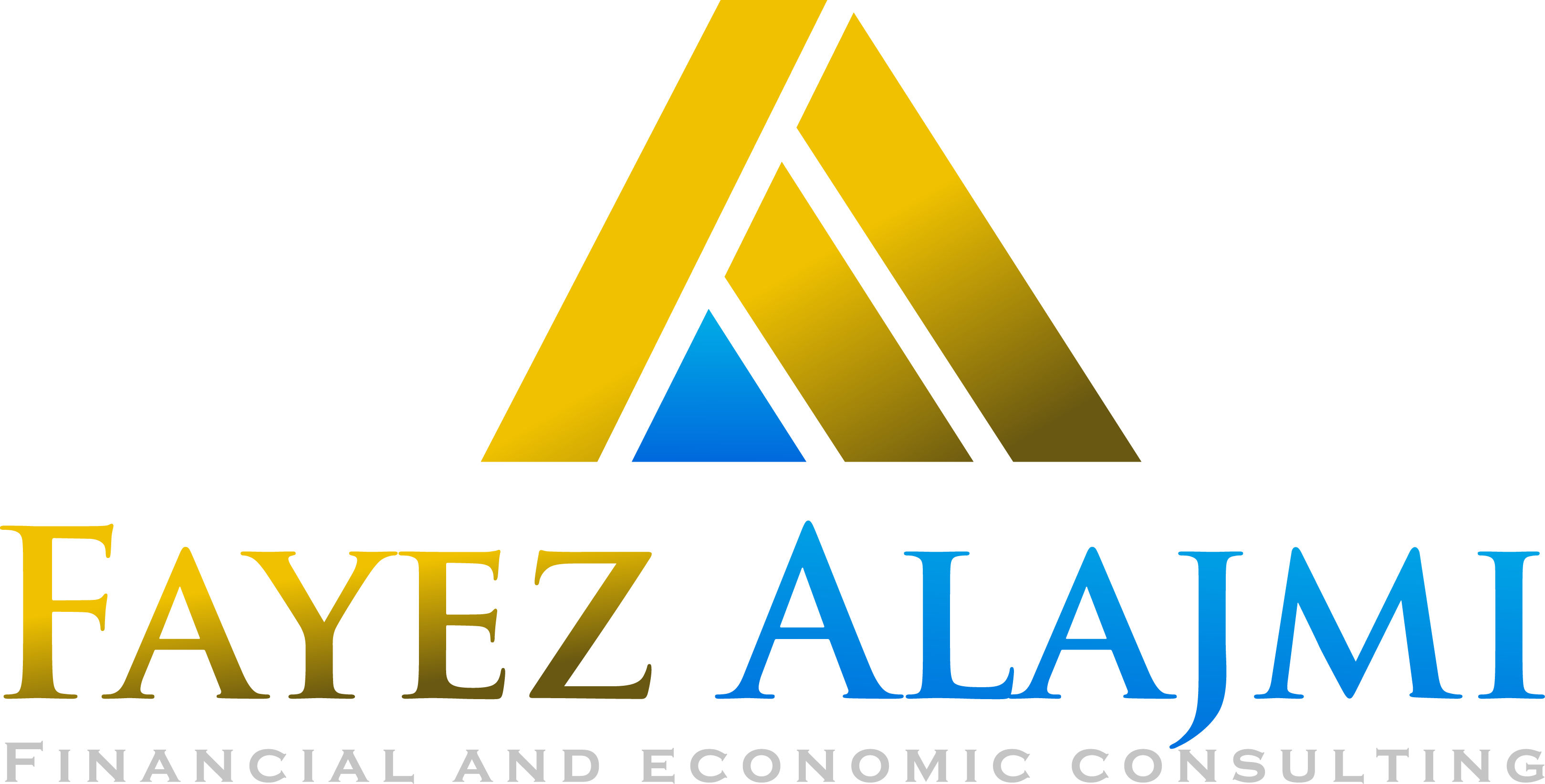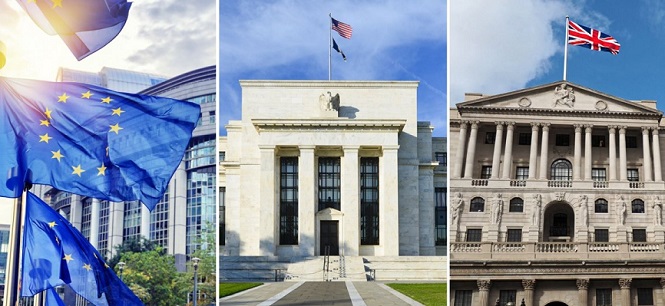
 30 January، 2023
30 January، 2023
 ابحاث السوق
ابحاث السوق
 Views
: 755
Views
: 755

The Australian dollar leads the currency gains
The US Federal Reserve, the European Central Bank and the Bank of England are the most important events of the week
Keep an eye out for US labor market numbers
Separate economic data
After the meeting of the Central Bank of Canada and US growth and inflation numbers topped the events of last week, the financial markets return in a new week and new economic figures that will cast a shadow over this week’s trading, led by a meeting of three central banks led by the US Federal Reserve, the European Central Bank and the Bank of England at their first meeting in the year 2023 in addition to For some separate numbers, before we go back to them, we will summarize the most important events of the past week
US PCE inflation numbers rounded off last week’s events Friday after the US Bureau of Labor Statistics announced that inflation rose to 0.5% in December, the Fed’s preferred inflation indicator rose 5% in December (fayezalajmi-4x.com).
In the middle of the week, Wednesday, Australia and New Zealand announced inflation figures, as inflation in Australia rose to 8.4%, while it reached 7.2% in New Zealand. Inflation in Australia exceeds expectations and below expectations in New Zealand (fayezalajmi-4x.com).
On the other hand, the Bank of Canada raised interest rates by 25 basis points at its meeting on Wednesday. As expected, the Bank of Canada raised interest rates by 25 basis points (fayezalajmi-4x.com).
The US economy grew by about 2.9% in the fourth and final quarter of last year. The US economy ends the year 2022 with a growth of 2.9% (fayezalajmi-4x.com).
The dealings of the US dollar general index were characterized by occasional trading during last week’s trading, as it concluded the week’s closing session at the opening levels of the week at 101.89 levels, where the index moved within the 1% range between ups and downs.
In terms of pairs’ movements, the Australian dollar’s movements were the strongest last week, as it recorded gains of about 140 points against the US dollar, supported by the rise in inflation in Australia to its highest level in 33 years, while the euro pair against the US dollar closed flat at 1.0868 levels, while the pound sterling closed 160 points trading at the close at 1.2391 levels.
What will we watch this week?
Attention is directed during the sessions of this week to many economic data that will have a direct impact on currency movements, as the meetings of the US Federal Bank (Wednesday), the European Central Bank and the Central Bank of England (Thursday) are topped, in addition to the US labor market numbers by the end of this week and the inflation and growth figures from the euro zone .
US Federal
The focus of the markets and traders will be on the meeting of the largest central bank in the world, the US Federal Bank, which will meet for the first time this year, Wednesday, to discuss developments in monetary policy and interest levels, as expectations indicate that the Fed will raise interest rates by 25 basis points, to reach 4.75%.
It is expected that the US Federal Reserve will continue to slow the pace of monetary tightening and raise interest rates less after the recent inflation data, as inflation began to decline from peak levels of 9.1% in July of last year, its highest level in 40 years, before reaching 6.5% in the last reading of inflation in June. Dec .
Friday’s figures for the Fed’s Preferred Inflation (PCE) also showed an increase in the annualized index, which rose to 5% in December, compared to 5.5% in the November reading.
The main index, which excludes food and energy prices, rose to 4.4%, compared to 4.7% in the November reading. According to the estimates of the futures markets from FedWatch issued by CME, the markets priced a 25 basis point hike in interest rates at the bank’s meeting on November 1, by 99%, and thus the Fed raised interest by 25 basis points, according to the statements of Bank President Jerome Powell at the press conference and his expectations for the future of interest rates are What will move the markets, especially since this meeting will not have a look at the expectations of the Federal Reserve members for growth and inflation and the scheme of points for interest in the quarterly expectations, which will be issued at the next March meeting.
European Central Bank
Thursday, the European Central Bank will announce its monetary policy and interest rates, as it is estimated that interest rates will be raised by about 50 basis points, to reach 3% on Thursday.
Inflation rates in the eurozone recorded a decline from their peak levels in October last year at 10.6%, to record 10% and 9.2% in November and December, respectively, and are expected to decline in January to 9% when the figures will be announced Wednesday, hours before the Bank’s meeting.
The main index, which excludes food and energy prices, will decline to 5.1%. The statements of European Central Bank President Christine Lagarde and a number of monetary policy makers in the European Central Bank in the previous period support the acceleration of interest rate hikes to slow down inflation and bring it back towards the bank’s target of 2%.
Therefore, investors will focus on Christine Lagarde’s statements at the press conference to read interest rate expectations in the coming period.
Central Bank of England
The Bank of England will announce its monetary policy and interest rates on Thursday in the European session, where expectations indicate that the bank will raise interest rates by 50 basis points to reach 4%.
Inflation in the United Kingdom declined from its peak in 41 years at 11.1% in October to reach levels of 10.5% in December compared to 10.7% in the November reading, while the main index excluding food and energy prices rose to 6.3%.
Some expectations showed that 4.5% interest rates will be peak levels, but Bank Governor Andrew Bailey last week refuted these statements and indicated that lowering inflation will be easier than previously thought with the drop in energy prices. Therefore, attention will turn towards Bailey’s statements Thursday to monitor the bank’s expectations for interest rates.
NFP
numbers By the end of the week, Friday, the United States Bureau of Labor Statistics will announce employment numbers in the non-agricultural sector (NFP), as it is estimated that about 193 thousand jobs were added in January, compared to the addition of 223 thousand jobs in December, and that the unemployment rate rises to 3.6% from 3.5%.
Separate data that we follow during the week
Today, Monday, in the European session, we will monitor the Spanish inflation reading and the growth from Germany.
Tomorrow, Tuesday, Japan will announce retail sales figures and unemployment rates, while Australia will announce retail sales, and China will announce the manufacturing PMI. Growth from the eurozone tops the events of the European session. The monthly reading of growth from Canada, the US consumer confidence index, and labor market numbers from New Zealand. The most important events of the session American.
On Wednesday, the euro zone will announce the inflation reading for January in the European session. In the American session, we will follow the employment numbers in the private sector, ADP, and the ISM manufacturing index, and we will conclude the session with the US Federal Reserve meeting.
Thursday we will have a meeting of the European Central Bank and the Bank of England in the European session.
Friday, the last session of the week, we will monitor the US labor market figures (unemployment, wage levels, and the employment rate) and the US ISM services index.